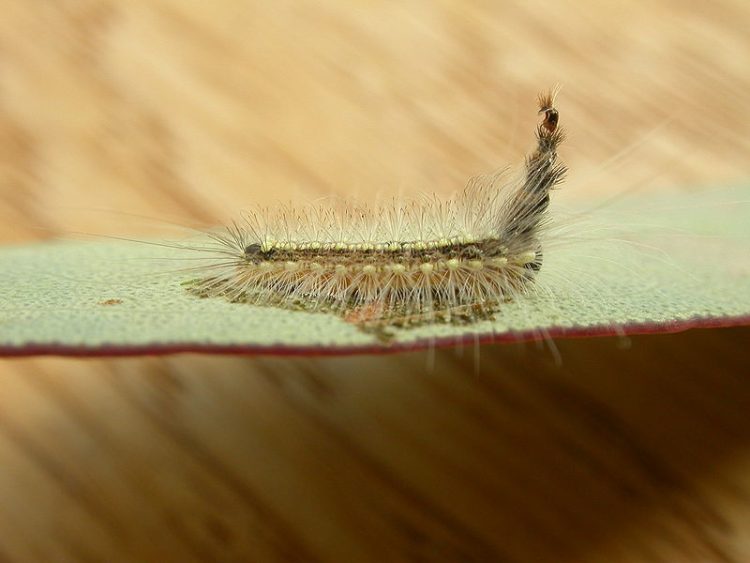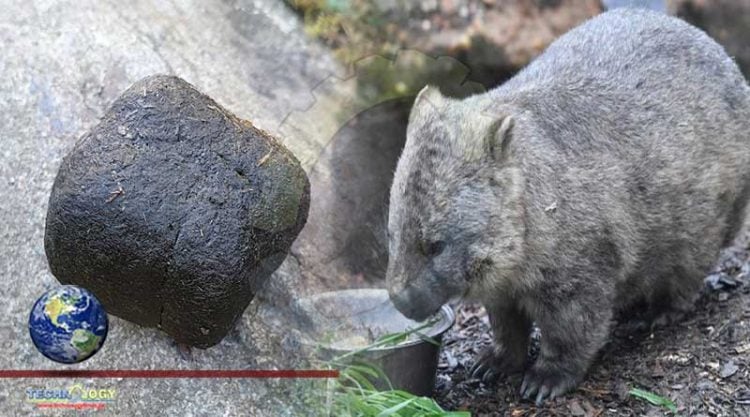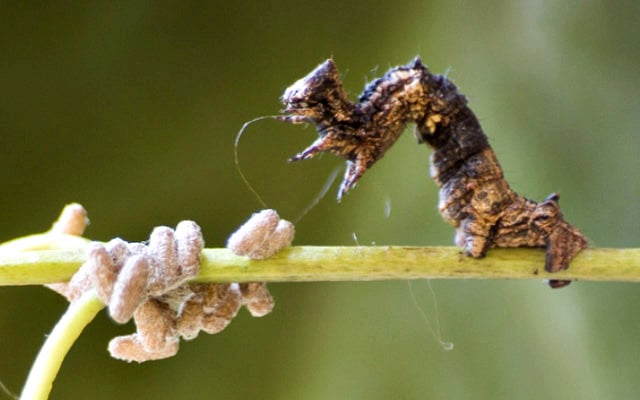Viral photos of a leopard and a cow cuddling somewhere in rural India tell the unique love story between two very unlikely friends.
Cows and leopards are usually not the best of friends, with the latter sometimes preying on bovines to survive. However, you wouldn’t even be tempted to think that looking at a set of viral photos that have been doing the rounds on social media for nearly two decades now. They show an adult leopard cuddling and playing with a cow, which, if the accompanying caption is to be believed, adopted and breastfed the feline as a cub. The story behind the photos has been exaggerated over the years to attract even more attention, but the photos are real and the relationship between the two animals is a testament to the fact that miracles can happen.





















